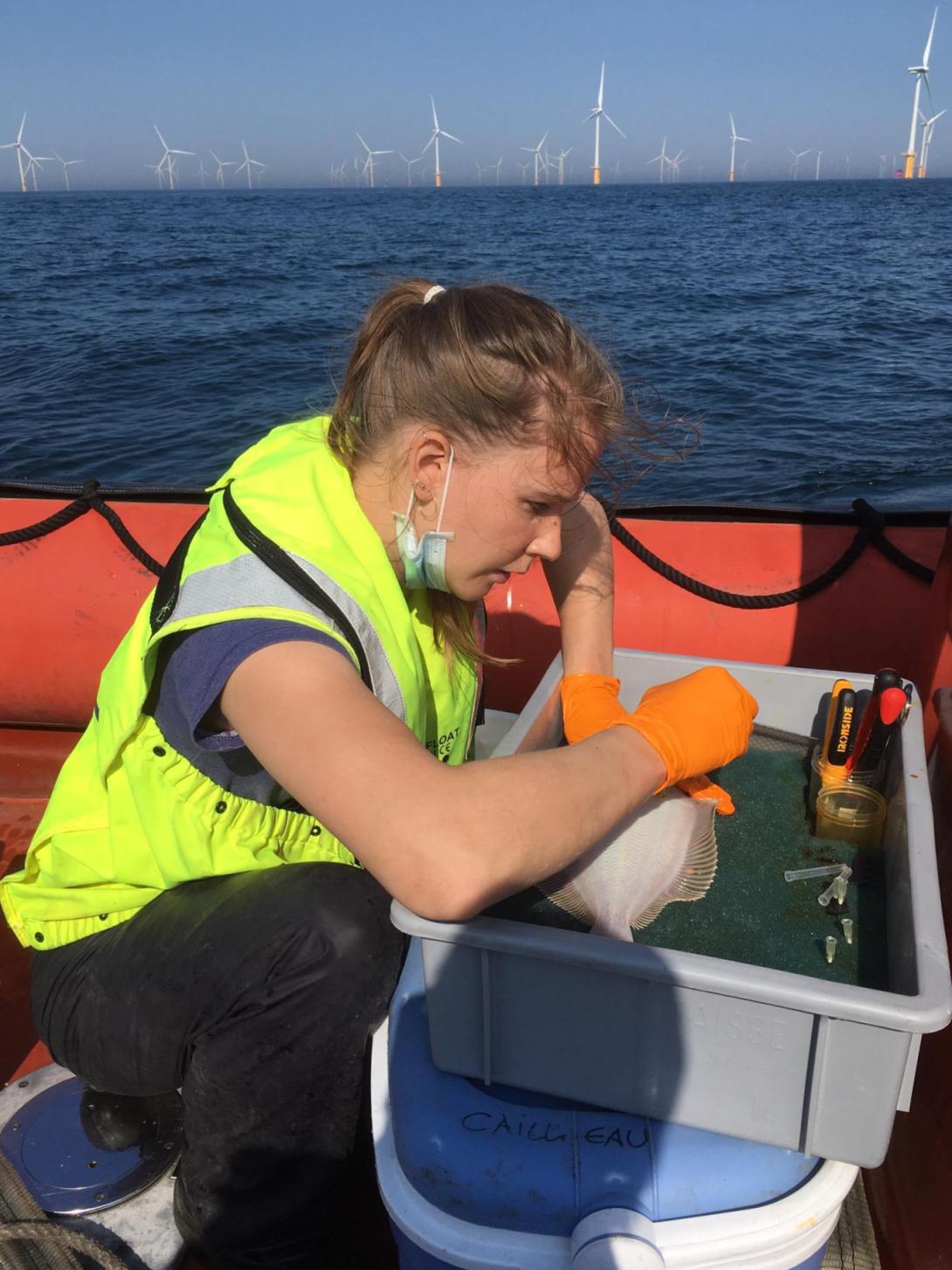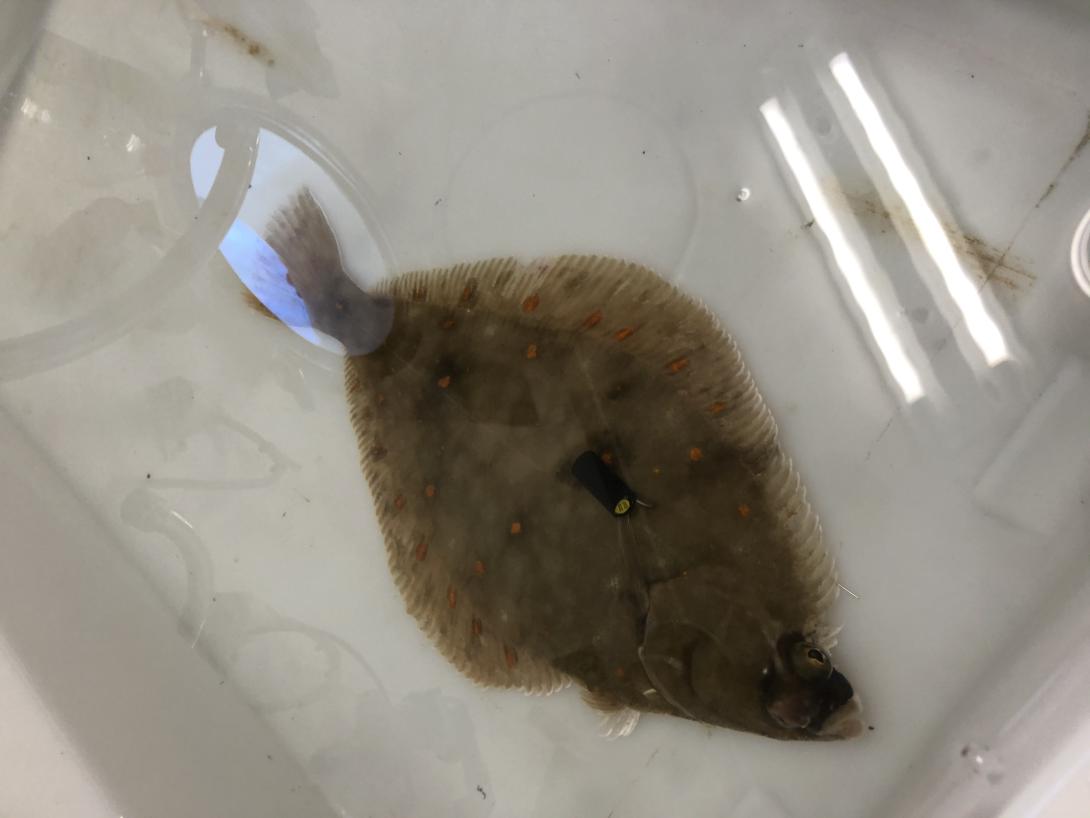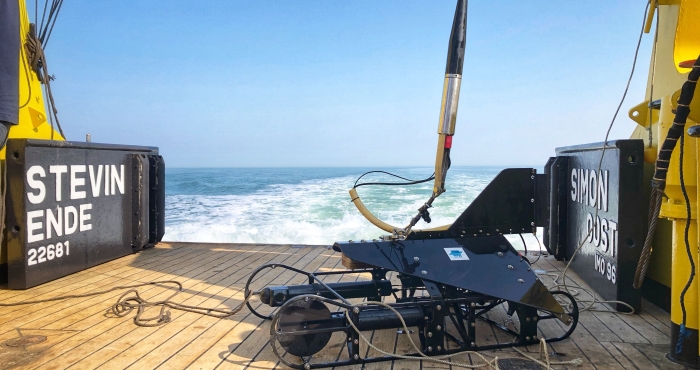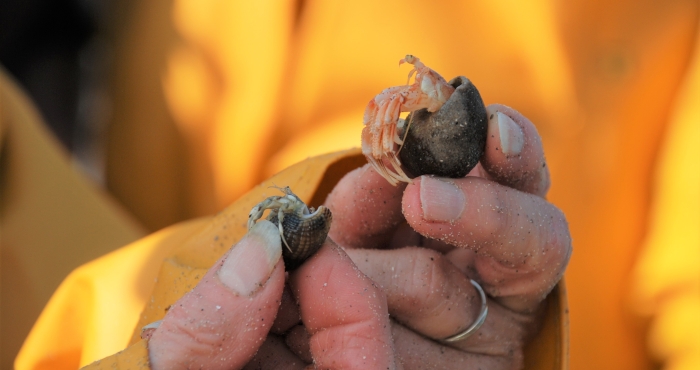
Offshore wind farms are built at a high rate in European waters to make the transition towards more green energy sources. Their development takes up marine space that is often not available anymore to other users such as the fisheries sector. This while knowledge on the ecological effects of wind farms on commercial flatfish was lacking. Understanding the effects of an offshore wind farm on a fish species requires knowledge on its movements within and its association to the wind farm area. Therefore, a tagging study making use of an acoustic receiver network was carried out in the Belwind wind farm (Belgium). This study aimed at detecting the presence of plaice Pleuronectes platessa, an important commercial flatfish species, and to study its small-scale movements around the turbine foundations.





